For stunning urban moon photos, remove UV filters at night as they reduce sharpness. Use light pollution filters to counteract city glow and enhance contrast. Add grad-ND filters (0.3-1.2 density) to balance exposure between moon and cityscape. Try stacking polarizers with light pollution filters for deeper skies. Consider budget options like Cokin's square filter system or DIY solutions. Sometimes, skip filters entirely during clear skies or full moons. These seven filter secrets will transform your nighttime lunar captures.
Why Light Pollution Filters Transform Urban Moon Photography

While gazing at the moon from a city rooftop, you're actually viewing it through a veil of artificial light that greatly compromises your photography. This urban glow creates a brown-yellowish cast across your images and considerably reduces contrast between the moon and sky.
Light pollution filters counteract these issues by selectively blocking wavelengths from artificial sources like sodium and mercury lamps. You'll immediately notice improved contrast as these filters eliminate the background glow, making lunar details pop. They preserve natural colors while removing unwanted light interference, effectively boosting your signal-to-noise ratio. Clip-in filters designed specifically for DSLR cameras offer convenient solutions, though some may experience lens compatibility issues when using certain wide-angle optics.
Light pollution filters reveal the moon's true face by cutting through urban glow, enhancing contrast and preserving natural details.
Though different filter types serve various purposes (broadband versus multi-narrowband), they all share the same goal: restoring visibility to celestial objects that urban environments try to hide.
For moon photography specifically, the right filter transforms mediocre urban captures into striking lunar portraits.
Selecting the Perfect Grad-ND Filter for Moon-to-Cityscape Transitions
Capturing both the moon and a cityscape in a single shot presents one of photography's most challenging exposure balances. Grad-ND filters are your solution, helping tame bright moonlight while preserving cityscape details.
Choose filters with densities between 0.3-1.2 based on the contrast in your scene. For distinct horizons, select hard gradation filters; for subtle shifts, opt for soft gradation. Consider whether you need an adjustable system that lets you position the gradation line precisely.
Glass filters offer superior optical quality, while resin provides durability for field work. City pollution can actually serve as a natural ND filter, creating atmospheric effects that soften the moon's brightness.
Always mount your camera on a tripod when using these filters, and meter both sky and foreground separately to determine ideal filter density. Use Live View to preview the effect before shooting—you'll achieve balanced, dramatic moon-to-city shifts.
The Truth About UV Filters in Nighttime Moon Shots
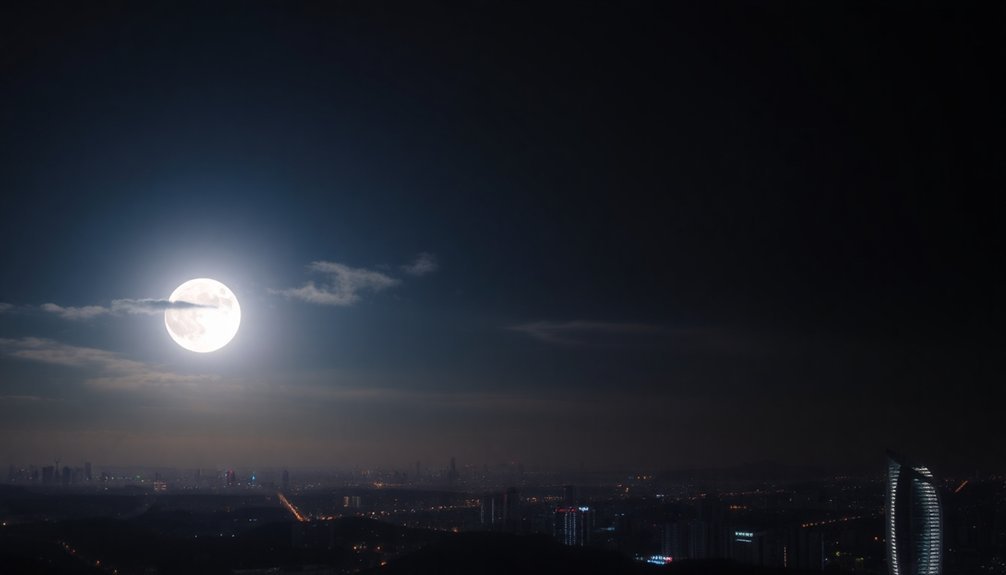
Beyond balancing exposures with grad filters, many photographers question whether to keep UV filters on their lenses when shooting the moon.
The simple truth: remove them.
UV filters serve no purpose in night photography—there's minimal UV radiation to block, and they potentially introduce unwanted optical aberrations.
Even high-quality filters add an extra glass element that can subtly reduce image sharpness. This directly contradicts the recommendation to avoid any filters when photographing the moon for maximum clarity.
You'll achieve better results by focusing on ideal camera settings instead.
Use manual focus, fast shutter speeds to counter the moon's movement, and appropriate apertures for maximum clarity.
Your expensive lens was designed to perform effectively without additional protection during nighttime shoots.
Combining Polarizers With Light Pollution Filters for Deeper Skies
Although many photographers focus solely on one filter type, combining polarizers with light pollution filters can dramatically transform your lunar photography. This powerful combination delivers enhanced contrast while maintaining critical detail across the Moon's surface.
Your variable polarizer will control light transmission (typically 5-40%), while the light pollution filter blocks specific wavelengths like the 589nm emissions from sodium lights. Together, they create darker backgrounds with crisp lunar details.
- Stack filters to achieve customized light reduction based on lunar phase
- Rotate your polarizer to find the ideal reduction percentage for your conditions
- Expect to readjust your focus slightly when adding multiple filter elements
- Use this combination for both visual observations and astrophotography
- Consider different stacking orders depending on your specific telescope setup
These filter combinations work particularly well for telescopes with 80mm aperture or larger, ensuring optimal brightness reduction without sacrificing image quality.
Budget Filter Options That Deliver Professional Results
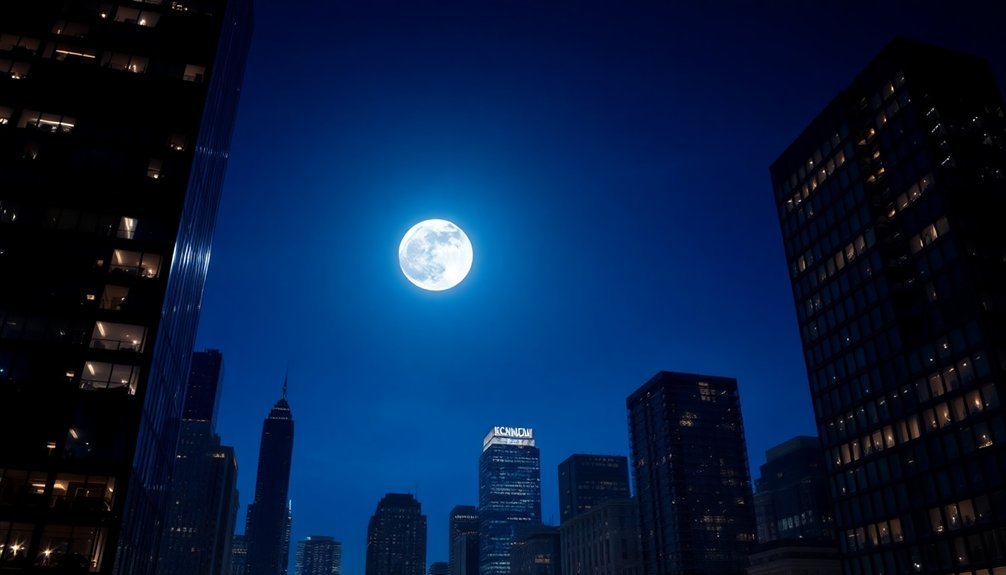
You'll find impressive results with multi-purpose clip-on filters that work across multiple lenses without breaking the bank.
DIY light pollution solutions, including repurposed red cellophane or modified sunglasses, can effectively reduce urban glow when photographing the moon.
Affordable graduated filters allow you to balance exposure between the bright lunar surface and darker surrounding sky, creating professional-looking lunar images without expensive equipment. For reliable results, consider investing in the Nano X series filters, which maintain image quality without the degradation seen in older versions.
Multi-Purpose Clip-On Filters
While professional moon photography often conjures images of expensive specialized equipment, clip-on filters represent an accessible entry point that won't break the bank.
These versatile accessories easily attach to different lenses, making them perfect for city shooters with limited carrying capacity.
You'll find these filters particularly valuable for capturing the moon in challenging urban environments:
- Portable design lets you switch between lenses without carrying multiple screw-on filters
- Budget-friendly options deliver professional-quality results at a fraction of the cost
- IR filters allow unique infrared moon photography opportunities
- ND graduated filters help balance bright moon with darker cityscapes
- Light pollution filters cut through urban haze for clearer lunar details
Adjust your exposure settings according to the filter type to maximize image quality in various lighting conditions. The Astronomik ProPlanet 742 IR-pass filter is especially effective for moon observation as it allows only infrared light wavelengths to pass, resulting in sharper lunar images with reduced atmospheric interference.
DIY Light Pollution Solutions
When city lights threaten to drown out the moon's delicate details, DIY light pollution solutions offer an affordable alternative to expensive commercial filters. You can create homemade UHC filters using inexpensive materials that block sodium vapor's orange glow and LED's blue cast.
Try modifying an existing UV filter with specific materials that target light pollution wavelengths. While these won't match commercial quality, they'll greatly improve your moon shots without breaking the bank. Experiment with different materials until you find what works for your specific conditions.
Complement your DIY filter with smartphone apps that adjust color balance in real-time. Using a Bortle scale rating for your location helps determine the appropriate filter strength needed for optimal results. For best results, combine your homemade filters with proper timing—shooting during dark moon phases from elevated locations minimizes ground-level pollution interference and maximizes the effectiveness of your budget-friendly solution.
Affordable Graduated Filters
Despite their professional appearance in stunning moon photographs, graduated filters don't require emptying your wallet. Several budget-friendly options deliver impressive results when capturing the moon against city skylines.
- Cokin's square filter system offers an affordable entry point with versatile plastic graduates that fit multiple lens sizes.
- Hoya provides cost-effective plastic grads in smaller sizes—perfect for most moon photography setups.
- Square filters give you precise control over the shift line between dark and light portions.
- Color graduated filters can enhance sunset moon shots with warm orange tones.
- Round filters offer versatility across different lenses if you're still building your kit.
For reliable quality at accessible prices, consider the Antares 2 Neutral Density Filter series with 4.0 to 5.0 stars ratings across their product line.
When shopping, prioritize neutrality and clarity over fancy features.
Even budget options from reputable brands can dramatically improve your lunar cityscape shots by balancing the bright moon against darker urban elements.
Essential Filter Stacking Techniques for Urban Moon Compositions
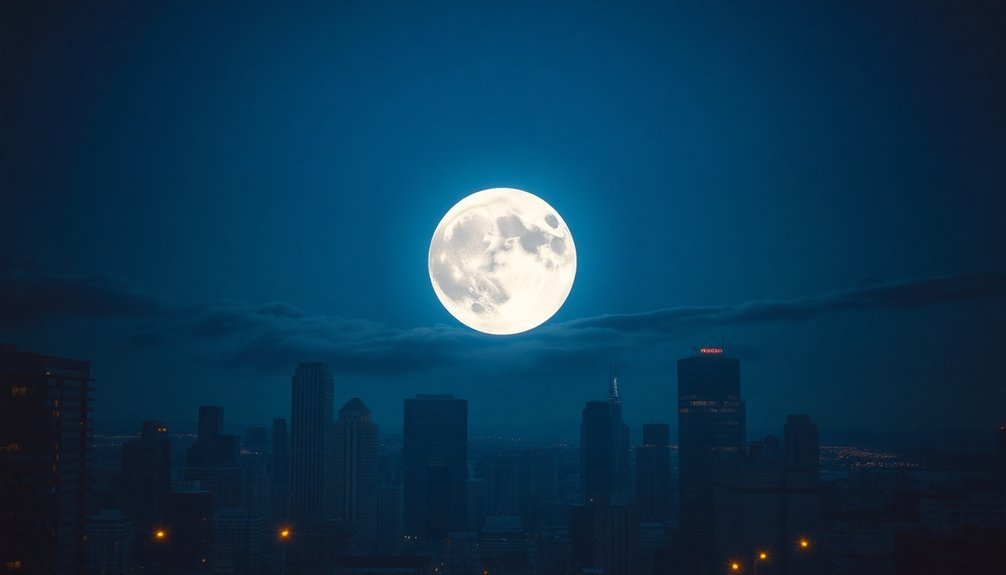
When shooting the moon in urban environments, you'll need to master the art of filter stacking, particularly the combination of graduated neutral density (Grad-ND) filters with UV filters to control both cityscape brightness and atmospheric haze.
Polarizing filters can enhance contrast but face limitations when stacked with other filters, potentially causing vignetting or reduced light transmission at telephoto focal lengths.
Light pollution filters paired with subtle warming filters create a powerful combination that cuts through urban glow while maintaining the moon's natural color temperature, especially when you're capturing compositions that include illuminated buildings. After capturing multiple exposures, you should align layers in Photoshop to ensure all moon details perfectly overlap before applying any stacking techniques.
Grad-ND + UV Combinations
Many photographers struggle with the decision of whether to combine Grad-ND and UV filters when shooting the moon against urban backdrops.
When considering this combination, you'll find Grad-ND filters are considerably more valuable for controlling the extreme contrast between the bright moon and darker cityscape.
- Prioritize Grad-ND filters for managing dynamic range; they're essential for balancing exposure.
- Remove UV filters when possible as they contribute minimally while potentially reducing sharpness.
- Stack multiple Grad-ND filters for extreme dynamic range scenes rather than adding UV filters.
- Position your filters correctly to prevent vignetting and guarantee proper alignment.
- Keep your filters meticulously clean to avoid image degradation when stacking.
While UV filters can protect your lens, they don't enhance your moon photography and may actually interfere with image clarity. For superior results in urban settings, consider using specialized light pollution filters that can dramatically reduce the orange glow from city lights while preserving the moon's natural details.
Polarizer Stacking Limitations
Polarizer filters, while powerful tools for lunar photography, come with significant stacking limitations you'll need to understand. When stacking multiple polarizers to achieve stronger light attenuation, you'll eventually encounter unwanted spectral shifts that degrade image quality.
These color casts become more pronounced as you increase polarization. In urban settings, excessive polarization can interact unpredictably with city light pollution, sometimes worsening rather than improving contrast.
Stacked polarizers also add considerable thickness to your lens setup, potentially causing vignetting—especially with wider lenses. For ideal results, combine a single polarizer with color filters like #23A Light Red or #80A Blue instead of stacking multiple polarizers.
This approach enhances lunar feature contrast while avoiding the pitfalls of over-polarization. For daytime lunar observations, the combination of #23A Light Red and a polarizer filter stacked together has proven to yield best results according to extensive astronomical testing. Remember to rotate your polarizer carefully to find the sweet spot between glare reduction and detail preservation.
Light Pollution Filter Pairs
The urban moon photographer's toolkit must include strategic filter pairings to combat light pollution effectively.
When shooting the moon from light-polluted areas, combining filters can dramatically improve your results while maintaining essential details and true colors.
For ideal urban moon photography results, consider these powerful filter combinations:
- Pair a Baader Moon filter with an Astronomik CLS to preserve natural lunar details while cutting through city glow
- Stack a broadband filter with a multi-narrowband to capture both general colors and specific emission wavelengths
- Combine a polarizer with the Kase Wolverine Neutral Night to simultaneously reduce haze and eliminate orange streetlight cast
- Use the Optolong L-eXtreme with Benro TrueNight for maximum light pollution defense in severely affected areas
When stacking, increase exposure times by 1-2 stops to compensate for inevitable light loss. This technique is especially effective in Class 5 or 6 suburban skies where light pollution filters deliver their best performance.
When to Skip Filters Altogether for Maximum Lunar Detail
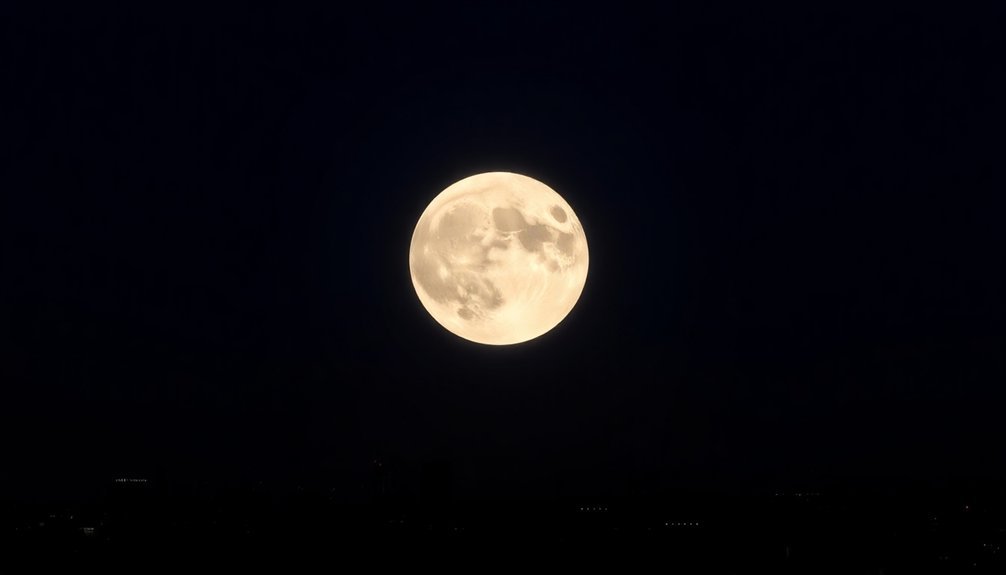
While filters can enhance certain aspects of moon photography, there are compelling situations where shooting without them yields superior lunar detail. When shooting under clear skies or during a full moon, you'll often achieve sharper images without the interference of filter material.
You'll benefit from faster shutter speeds (1/125s to 1/800s) that prevent motion blur while capturing the moon's movement. Set your aperture between f/8 and f/11, and keep your ISO low (100-400) for crisp results. Manual focusing through Live View will help you nail the sharpness. Capturing the moon's features with greater definition is easier during later moon phases with craters.
For city photographers, skipping filters simplifies your workflow, reduces equipment costs, and often produces cleaner images.
Just remember to shoot in RAW format so you'll have maximum flexibility during post-processing to enhance those lunar details.
Frequently Asked Questions
Do Filters Affect Autofocus Accuracy for Distant Moon Shots?
High-quality filters won't affect your autofocus accuracy for distant moon shots. However, they can reduce light transmission and contrast, so you'll get better results without filters when photographing the moon.
Can Smartphone Clip-On Filters Work for Casual Moon Photography?
Yes, smartphone clip-on filters can work for casual moon photography. You'll get better results when you pair them with manual exposure controls and a steady tripod to reduce overexposure and camera shake.
How Do Seasonal Changes Affect Filter Selection?
You'll need stronger filters in summer's intense light and milder ones in winter's diffused conditions. During golden hour, use warming filters, while blue hour requires cooler tones to capture the moon effectively.
Are Filter Heating Systems Necessary in Cold Weather Conditions?
Filter heating systems aren't absolutely necessary, but you'll find them incredibly helpful in cold weather to prevent condensation on your filters. They're worth considering if you're frequently shooting in frosty or humid conditions.
Do Vintage Filters Create Unique Effects With Moonlight?
Yes, vintage filters do create unique effects with moonlight. They'll add nostalgic warmth, subtle color toning, and grain to your night shots, enhancing the moon's ethereal glow and transforming ordinary scenes into dreamy compositions.
In Summary
You've now got the secrets to capturing stunning moon shots even in light-polluted cities. Remember, filters aren't always mandatory—sometimes bare glass delivers the sharpest lunar details. Experiment with your filter combinations, try budget options before investing in premium gear, and don't forget that timing often matters more than equipment. With these techniques, you'll transform ordinary urban moon photos into extraordinary celestial portraits.
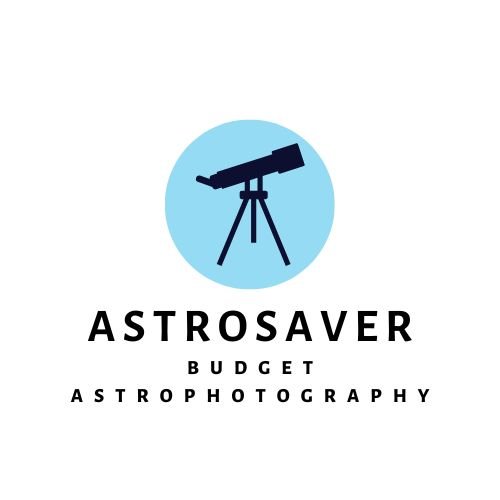
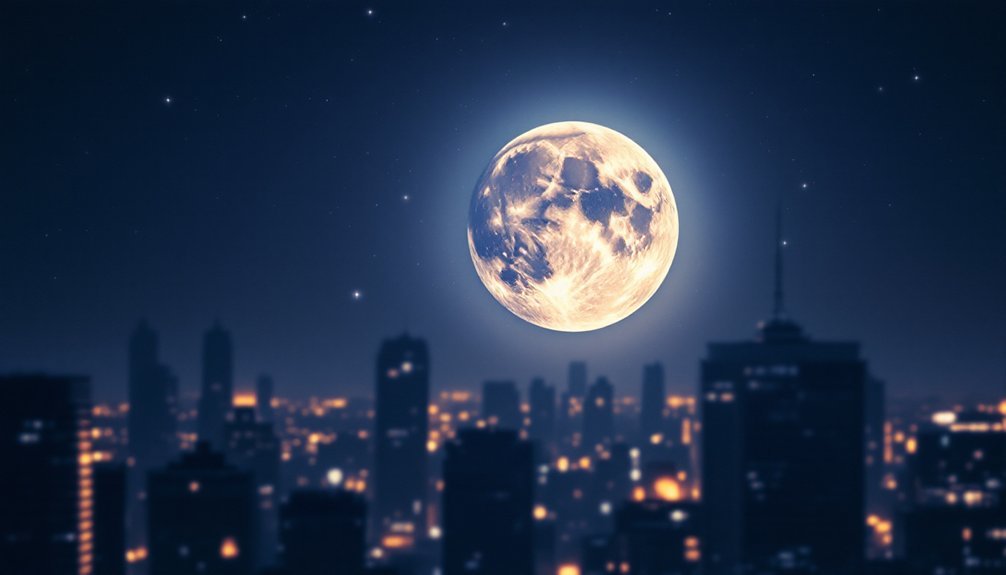
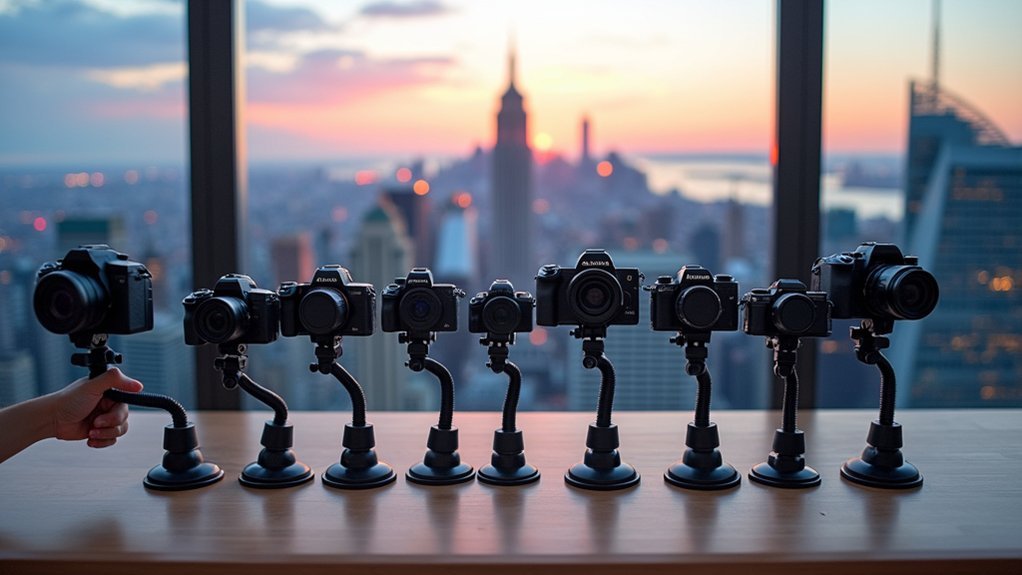

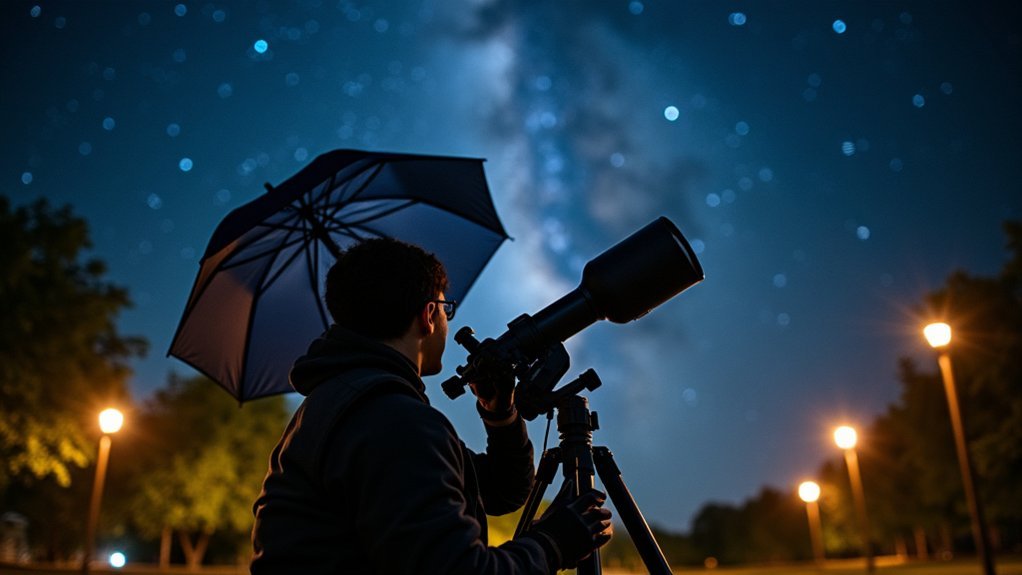
Leave a Reply